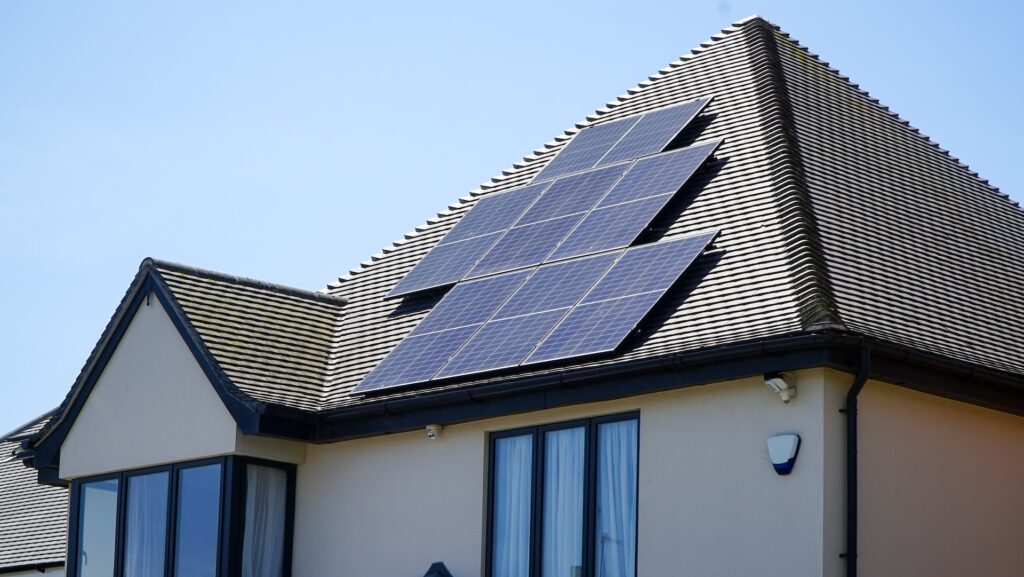As of the end of September, according to the data from Estonia’s electricity system operator Elering, solar power plants accounted for 11.2 per cent of Estonia’s total consumption in 2023, and considering the large developments currently underway, renewable energy producers predict that within three years, solar energy could cover half of Estonia’s electricity consumption.
Renewable electricity covered 35 per cent of consumption in the nine-month summary. As of the end of September, Estonia’s electricity consumption was 5,755 gigawatt-hours, of which 646 gigawatt-hours were generated from solar energy. Last year’s production of 559 gigawatt-hours of solar energy accounted for 6.8 per cent of the annual total consumption, and the 329 gigawatt-hours produced the year before last constituted 3.9 per cent of the total consumption in 2021, according to the energy company, KC Energy.
Ott Antsmaa, a management board member at KC Energy, said the statistics reflected a faster than expected developmental leap in solar energy.
“The sunny season for this year is already over. Based on previous data, we can say that 94 per cent of the annual solar energy production is achieved in nine months, and the remaining six per cent is added in the last three months of the year,” he noted.
Antsmaa said that, compared with last year, Estonia’s share of solar energy has doubled, with KC Energy’s production volume accounting for 10 per cent of Estonia’s total solar energy output in the first nine months.

Not all projects will necessarily materialise
He added that, based on public data from Elering, nearly 2,700 megawatts of solar park connection capacity is in the process of being linked up with the power network with the completion dates of the connection contracts ranging from 2023 to 2026.
“This means that, if this volume is developed, an additional approximately 3,500 gigawatt-hours of solar energy production could be added to the system, which, combined with the current volume, would cover an estimated half of Estonia’s annual electricity consumption,” Antsmaa highlighted.
“However, due to the complex financing environment, not all of the aforementioned projects will necessarily materialise or may do so at a smaller scale than planned. Currently, there are over 250 megawatts of large-scale solar parks under construction, which could start operating within the next year. Based on this, it is projected that by the year 2025, solar energy production could approach the 1,000 gigawatt-hour mark,” Antsmaa said.
KC Energy, owned by Kaamos Group and Combiwood Invest, aims to increase the renewable energy production volume of its subsidiaries and thereby boost domestic green electricity sales. The company’s main activity is creating and managing the infrastructure required for solar energy production and selling the electricity generated from its operations. Currently, the company’s solar energy production capacities have reached 70 megawatts.

